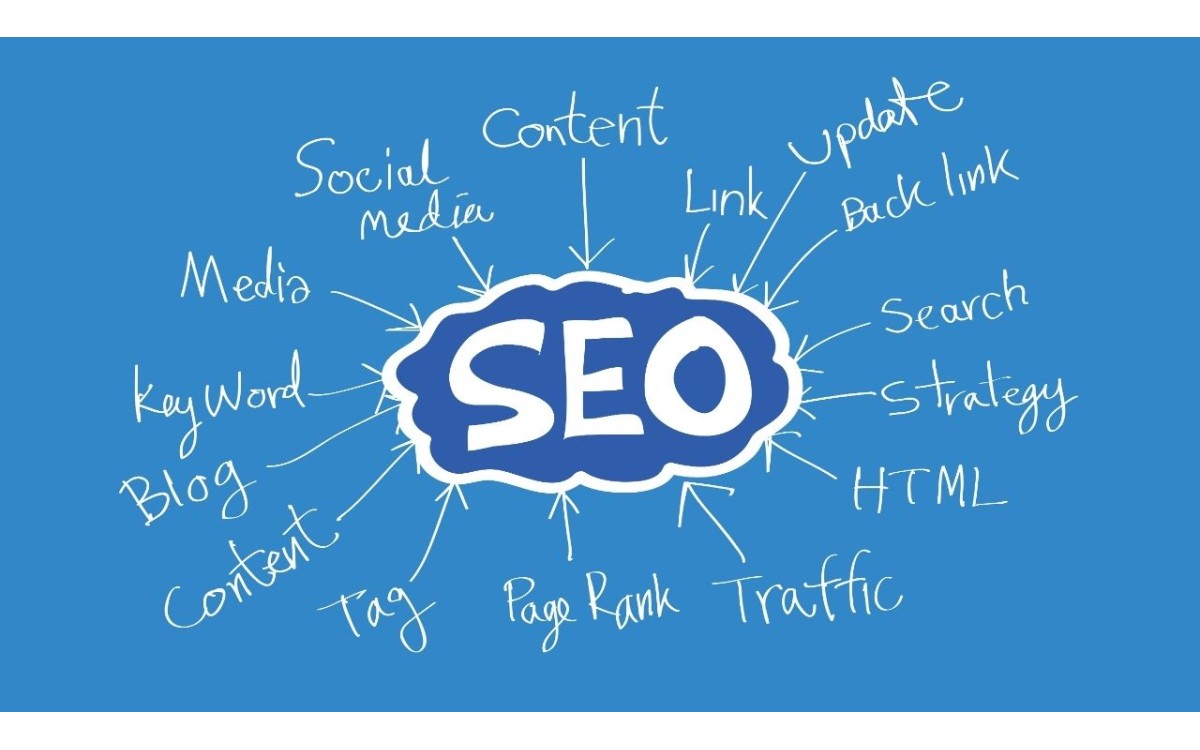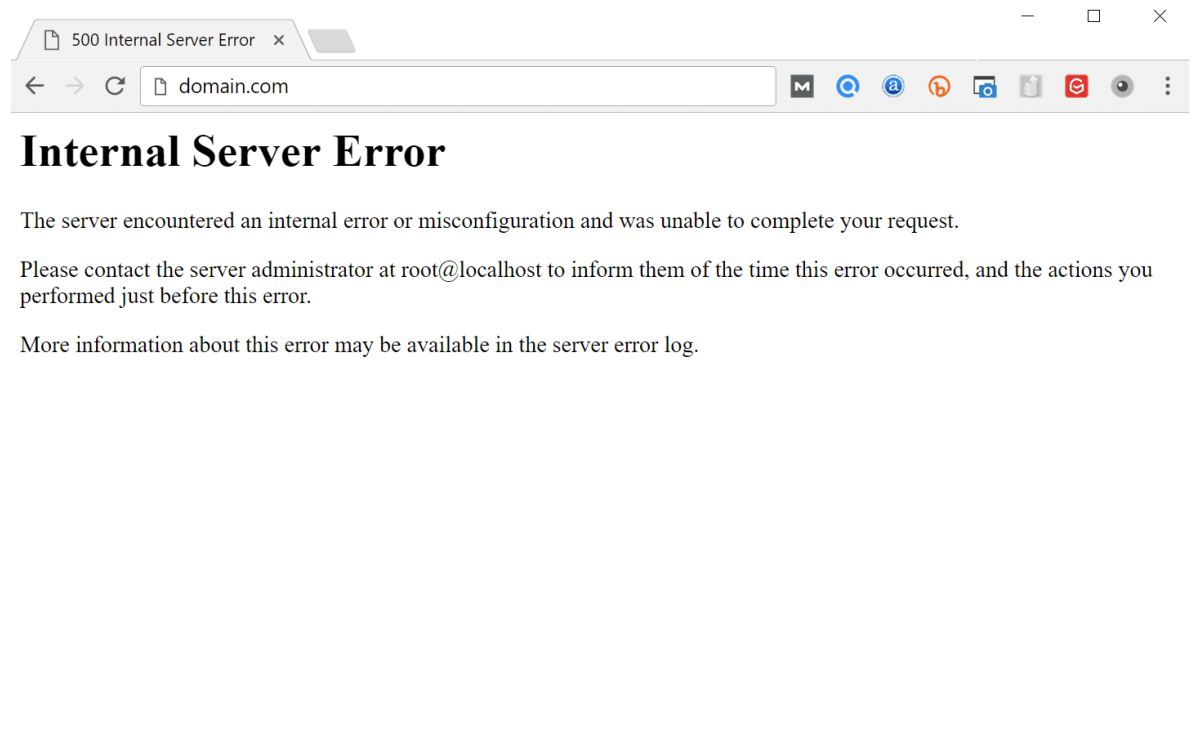In 2024, the competition for online visibility is fiercer than ever. With constant updates to search engine algorithms and changing consumer behaviors, it's crucial to stay ahead with the latest strategies to increase organic traffic. Whether you're a seasoned marketer or a business owner looking to grow your online presence, this guide will help you navigate the complex landscape of SEO and content marketing to boost your organic traffic.
1. Focus on High-Quality Content
Content remains king in 2024. However, it's not just about quantity; it's about quality. High-quality content that provides real value to your audience is essential for attracting organic traffic. Here's how to create content that resonates:
- Understand Your Audience: Conduct thorough research to understand your target audience's needs, preferences, and pain points. Use tools like Google Analytics, social media insights, and surveys to gather data.
- Create In-Depth Content: Long-form content that covers topics comprehensively tends to perform better in search rankings. Aim for articles that are at least 1,500-2,000 words, with actionable insights, data, and visuals.
- Use Multimedia: Incorporate images, infographics, videos, and interactive elements to make your content more engaging and shareable.
- Update Existing Content: Refresh and update older content to keep it relevant. Add new information, update statistics, and improve readability to enhance its value.
2. Optimize for Search Engines (SEO)
Search engine optimization (SEO) is the backbone of organic traffic growth. To increase your visibility in search engine results pages (SERPs), follow these best practices:
- Keyword Research: Identify relevant keywords with high search volume and low competition. Use tools like Ahrefs, SEMrush, or Google Keyword Planner to find the right keywords for your content.
- On-Page SEO: Optimize your content with targeted keywords in strategic places like the title, meta description, headers, and throughout the body text. Ensure that your website is mobile-friendly, has a fast loading speed, and includes internal linking.
- Technical SEO: Pay attention to technical aspects like site structure, XML sitemaps, and robots.txt files. Ensure that your website is easy to crawl and index by search engines.
- Local SEO: If your business has a physical presence, optimize for local SEO by claiming and optimizing your Google My Business listing, gathering positive reviews, and using local keywords.
3. Leverage User Experience (UX) and Core Web Vitals
Google's emphasis on user experience continues to grow, with Core Web Vitals becoming a critical ranking factor in 2024. To improve your site's UX:
- Improve Loading Speed: Slow websites lead to higher bounce rates. Use tools like Google PageSpeed Insights to identify and fix issues that may be slowing down your site.
- Mobile Optimization: Ensure that your website is fully responsive and offers a seamless experience on all devices, especially smartphones.
- Simplify Navigation: A well-structured website with intuitive navigation helps users find what they're looking for quickly, reducing bounce rates and improving engagement.
- Enhance Visual Stability: Avoid layout shifts that occur when elements on a page move around during loading. This improves the user experience and contributes to a better Core Web Vitals score.
4. Build High-Quality Backlinks
Backlinks from authoritative and relevant websites remain a crucial factor in boosting your search rankings and increasing organic traffic. Here's how to build them:
- Guest Blogging: Write high-quality guest posts for reputable sites in your industry. This not only earns you backlinks but also establishes you as an authority in your niche.
- Create Link-Worthy Content: Publish content that others want to link to, such as comprehensive guides, original research, infographics, and case studies.
- Outreach: Actively reach out to bloggers, influencers, and website owners to request backlinks. Personalize your outreach emails and highlight the value your content offers.
- Broken Link Building: Find broken links on other websites that are relevant to your content and offer your content as a replacement.
5. Utilize Social Media and Content Distribution
While social media signals aren't a direct ranking factor, they can significantly boost your content's visibility and drive organic traffic. Here's how to leverage social media effectively:
- Share Content Consistently: Regularly share your content on social media platforms where your audience is most active. Use catchy headlines, visuals, and hashtags to increase engagement.
- Engage with Your Audience: Respond to comments, participate in discussions, and build relationships with your followers to increase your content's reach.
- Collaborate with Influencers: Partner with influencers in your industry to expand your reach and drive traffic to your website.
- Use Paid Promotion: Consider using paid social media ads to promote your high-performing content. This can help you reach a broader audience and attract more organic traffic over time.
6. Monitor and Analyze Performance
To ensure your efforts are paying off, regularly monitor and analyze your website's performance. Use tools like Google Analytics, Google Search Console, and SEMrush to track key metrics such as organic traffic, bounce rate, conversion rate, and keyword rankings.
- Identify Trends: Look for patterns in your traffic data to identify what’s working and where you can improve.
- Adjust Strategies: Based on your analysis, make data-driven adjustments to your SEO and content strategies to maximize your results.
Final Thoughts
Increasing organic traffic in 2024 requires a comprehensive and dynamic approach. By focusing on high-quality content, optimizing for search engines, enhancing user experience, building backlinks, leveraging social media, and regularly analyzing your performance, you can drive sustainable traffic growth. Stay updated with the latest SEO trends and continue to refine your strategies to stay ahead in the competitive digital landscape.
Start implementing these strategies today to see a significant boost in your organic traffic this year!




